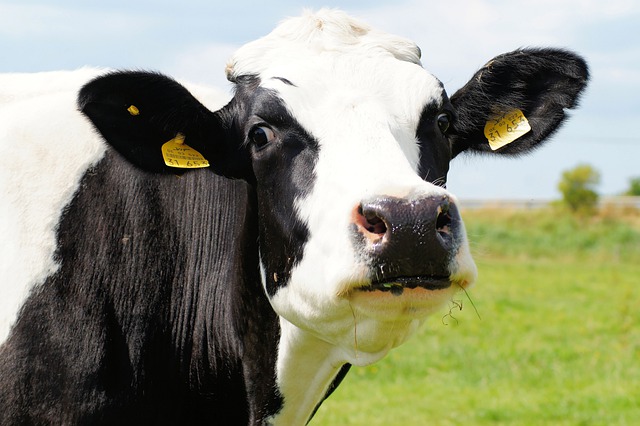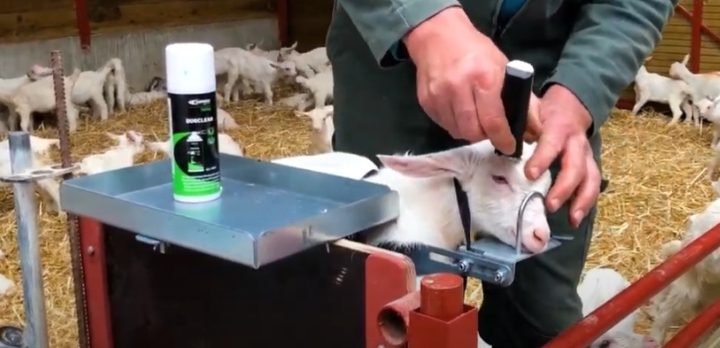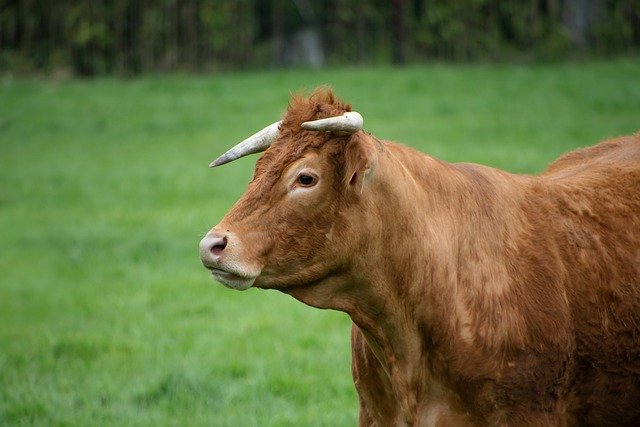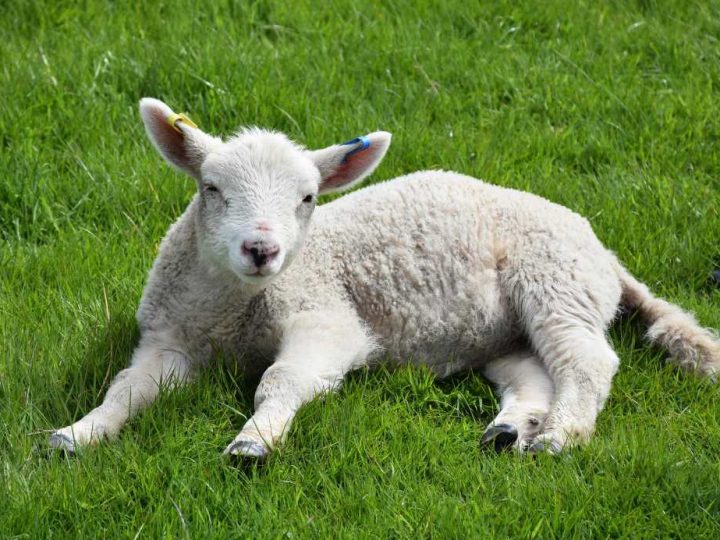
The French cattle industry is renowned for its very diversified cattle breeding, including beef, dairy and mixed breeds. Mixed cows are animals that provide both meat and dairy products. France has the largest herd of cattle in Europe. Here are the differences between these different breeds.
Breeds of dairy cows
Dairy breeds are primarily used for milk production, but many are considered mixed breeds, i.e. also used for meat. The French dairy herd amounts to 8 million animals.
Milk is a very popular product in France, consumed by 72 % of the population. Three quarters of the milk production is consumed in the form of processed products: yoghurts, dairy desserts, cheeses, butter or cream.
The majority of dairy cattle are raised in the west of France, particularly in Brittany. Each cow produces up to 30 liters of milk per day. France is the second largest milk producer in Europe, behind Germany. However, the latter is the first buyer of our cheeses.
The herd requires special attention, as milking takes place two to three times a day. Cow udders must be closely monitored. They are indeed fragile and exposed to irritations and mastitis. Cows’ udders are often depilated to avoid this type of inconvenience.
Dairy-only breeds of cows
The cattle that produce only milk are the Prim’ Holstein, the Brune des Alpes and the Pie rouge.
Mixed breeds of cows
There are more mixed breed cows:
- Normande ;
- Northern Blue;
- Flemish Red ;
- Jersiaise ;
- Simmental ;
- Vosgienne ;
- Tarentaise ;
- Montbéliarde.
Beef cow breeds
Beef cow breeds are selected for their ability to reproduce efficiently. Both natural and artificial insemination are practiced. They are robust animals with a very developed musculature.
France is the leading producer of meat in Europe. Meat production is quite massive. Although a large portion of France’s livestock is located in Brittany, there are cattle farms located throughout the country. There are more than 10 million beef cows in France, 4 million of which are suckling cows (i.e. cows that have had a calf in the year).
During the 20th century, consumption has continued to grow. It is estimated at 90 kilos of meat per year per capita. The trend in the 21st century seems to be reversing due to the fashions of vegetarian and vegan diets.
French meat is renowned in France, but also abroad for its diversity, as well as for its gustatory qualities. In addition, cattle breeders are subject to drastic standards of hygiene, feeding and living conditions, which guarantees animal welfare. This is not the case for beef coming from abroad, especially from the United States or Latin America.
French meat is distinguished by its low fat content, as well as the fineness of its muscle fibers which makes it tender and tasty. Beef cow breeds are divided into three categories: traditional, regional and rustic.
Beef cow breeds
Traditional breeds are :
- Charolais ;
- Limousine ;
- Blonde d’Aquitaine ;
- Meadow red.
Regional breeds:
- White Blue ;
- Bazadaise ;
- Parthenaise ;
- Raco di Biou.
The hardy breeds are :
- The Salers ;
- La Gasconne;
- The Aubrac.





